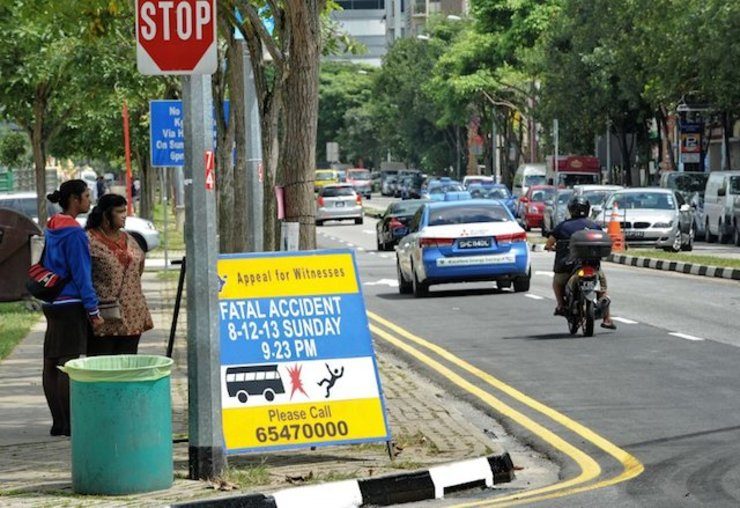SUMMARY
This is AI generated summarization, which may have errors. For context, always refer to the full article.

SINGAPORE – Singapore is doubling the size of its frontline anti-riot forces and stepping up surveillance after a rampage by Indian workers exposed police weaknesses following four decades of strict social order.
Interior Minister Teo Chee Hean told parliament on Monday, July 7, that the police would add 300 new officers to its elite Special Operations Command (SOC), which also functions as an anti-terrorism unit.
The measure is in line with recommendations from an official inquiry into the causes of the December 8, 2013 riot which left 39 people injured and 25 vehicles destroyed.
The riot started after an estimated 400 Indian workers erupted in anger as a compatriot was crushed to death under a bus in Singapore’s congested Little India district.
The inquiry report said the incident exposed weaknesses in the police force, including in its communications structure as well as training and staffing.
“A riot on the streets of Singapore is unacceptable,” Teo, who is also deputy prime minister, said in a media statement released late Monday.
Police officers have also begun trials of body-worn cameras while Teo said police cars would have cameras that stream “live” footage to command centers.
Hundreds of new surveillance cameras would be installed in areas where foreign workers congregate, he added.
The riot was Singapore’s worst outbreak of violence since racial strife erupted in 1969.
Civil-rights activists say frustration among workers over employment and living conditions may have been a contributory factor.
The inquiry panel said the riot was a more spontaneous event fueled by alcohol.
But it acknowledged that “there is always room for improvement in the treatment of foreign workers” in areas such as accommodation, amenities and recreation, and encouraged more sensitivity in dealing with them.
More than 50 Indian workers were deported in the aftermath of the riot while 25 others are serving jail sentences, have been repatriated after prison time or are awaiting trial on rioting charges. – Rappler.com
Add a comment
How does this make you feel?
There are no comments yet. Add your comment to start the conversation.